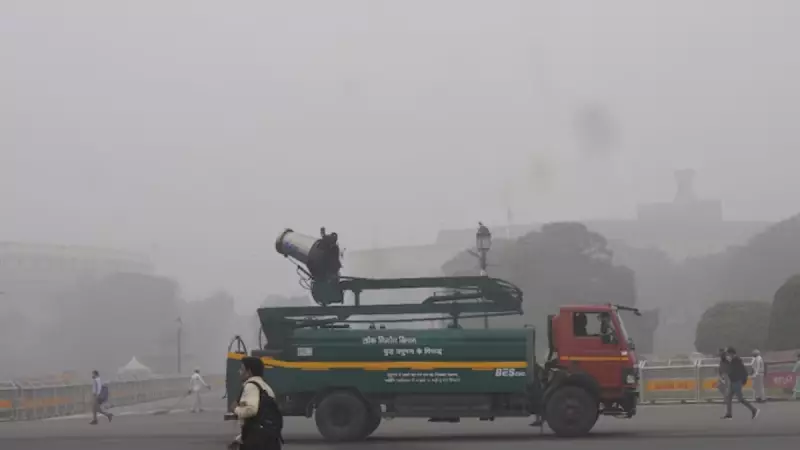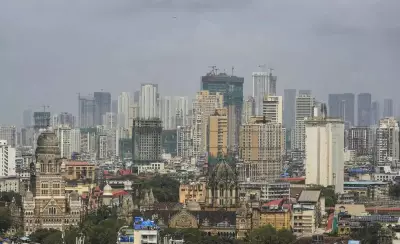
In an unprecedented move to combat Delhi's hazardous air quality, the national capital is preparing to make history with its first-ever artificial rainfall initiative. Chief Minister Rekha Gupta has confirmed that the groundbreaking project is scheduled for implementation on October 29, marking a significant technological intervention in India's ongoing battle against pollution.
Delhi's Air Emergency: A Technological Solution
The decision comes as Delhi continues to grapple with severely compromised air quality, with the Air Quality Index (AQI) frequently plunging into the 'hazardous' category. Traditional measures have proven insufficient against the persistent smog blanket that engulfs the city during winter months.
"We are ready to deploy cloud seeding technology to create artificial rain," stated CM Rekha Gupta during her announcement. "This scientific approach represents our commitment to exploring innovative solutions for Delhi's pollution crisis."
How Cloud Seeding Will Work in Delhi
The artificial rain process involves sophisticated cloud seeding technology developed in collaboration with IIT Kanpur. The technique works by dispersing substances like silver iodide or salt particles into clouds to encourage precipitation formation.
- Target Date: October 29, 2025
- Technology: Advanced cloud seeding
- Research Partner: IIT Kanpur
- Objective: Wash away pollutants and improve air quality
The Science Behind Artificial Rainfall
Cloud seeding accelerates the natural rain-making process by providing additional "nuclei" around which water vapor can condense. When conditions are favorable, this technology can enhance rainfall by 10-15%, effectively scrubbing pollutants from the atmosphere as precipitation falls.
"This isn't just about creating rain; it's about creating cleaner air for millions of Delhi residents," explained an environmental scientist involved in the project.
Why October 29 Matters for Delhiites
The timing of this initiative is strategically planned as Delhi typically experiences its worst air quality during late October and November. The artificial rain aims to disrupt this pattern and provide much-needed relief to citizens struggling with respiratory issues and poor visibility.
Meteorological conditions, cloud availability, and wind patterns have all been carefully analyzed to maximize the success probability of this pioneering environmental intervention.
A National First in Pollution Control
This project positions Delhi as the first Indian city to officially deploy artificial rain technology specifically for pollution control. While cloud seeding has been used for agricultural purposes in other states, its application for urban air quality management represents a significant advancement in environmental policy.
The success of this initiative could pave the way for similar technological interventions across other pollution-plagued urban centers in India, potentially revolutionizing how the country approaches its ongoing air quality challenges.





